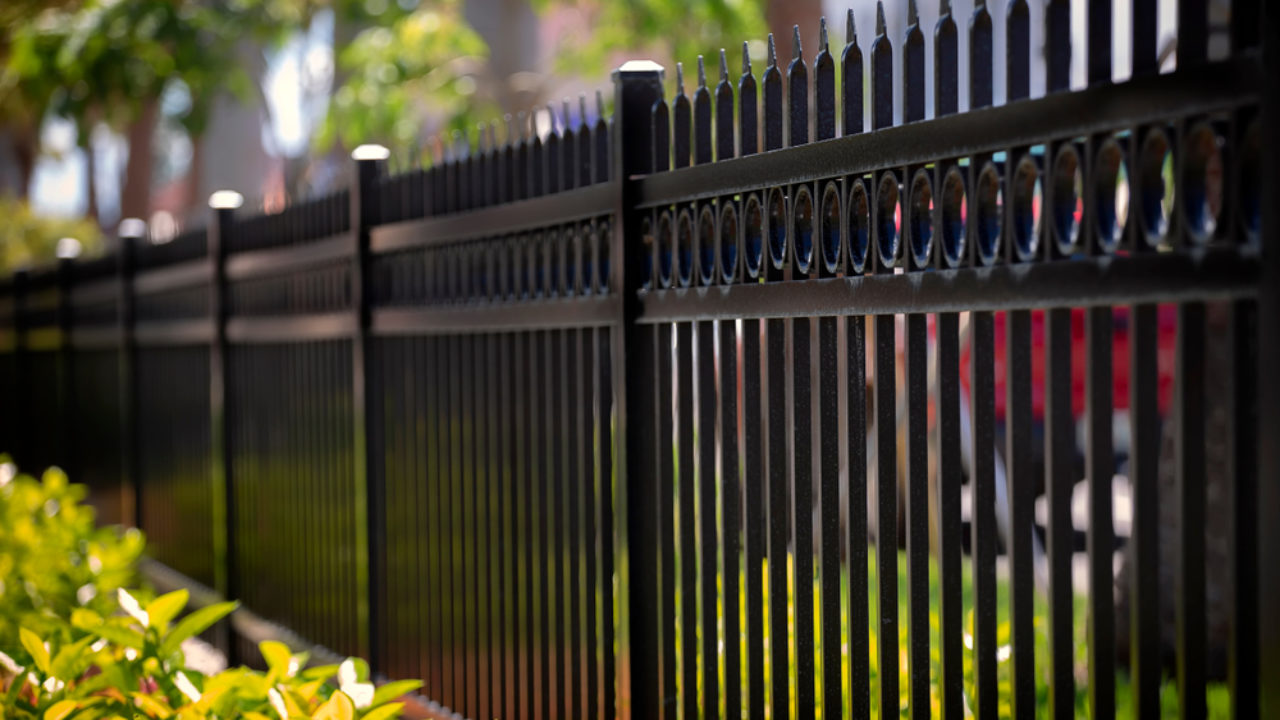
Aluminum fencing is a popular choice for many homeowners due to its durability, low maintenance, and aesthetic appeal. If you're considering installing an aluminum fence on your property, this ultimate guide will provide you with all the information you need to make an informed decision and ensure a successful installation process.
1. Benefits of Aluminum Fencing
Why Choose Aluminum Fencing?
- Durable and long-lasting: Aluminum fences are corrosion-resistant and do not rust, making them ideal for all weather conditions.
- Low maintenance: Unlike iron or wood fences, aluminum fences do not require frequent painting or staining, saving you time and money in the long run.
- Aesthetic appeal: Aluminum fences come in a variety of styles, colors, and finishes to complement any landscape or architectural design.
- Security and privacy: Aluminum fences can be designed to provide security and privacy for your property without sacrificing style.
- Cost-effective: While the initial cost of aluminum fencing may be higher than some other materials, the long-term savings on maintenance make it a cost-effective choice.
2. Planning Your Aluminum Fence Installation
Considerations Before Installation
- Check local regulations: Before installing an aluminum fence, check your local building codes and homeowners' association rules to ensure compliance.
- Property boundaries: Determine the exact boundaries of your property to avoid any disputes with neighbors during the installation process.
- Design and style: Choose the style, height, and color of your aluminum fence based on your needs, preferences, and the overall look of your property.
- Gates and entryways: Decide on the placement of gates and entry points for convenience and accessibility.
- Utilities: Before digging any post holes, make sure to locate any underground utilities to avoid damage or injury.
3. Installing Your Aluminum Fence
Step-by-Step Installation Process
- Marking the layout: Use stakes and string to mark the layout of your fence, ensuring straight lines and proper positioning.
- Digging post holes: Use a post hole digger to dig holes for the fence posts, making sure they are deep enough and evenly spaced.
- Setting the posts: Insert the fence posts into the holes and fill them with concrete to secure them in place and provide stability.
- Attaching the panels: Attach the aluminum fence panels to the posts using brackets and screws, making sure they are level and secure.
- Installing gates: Install gates and hinges according to the manufacturer's instructions, ensuring proper alignment and functionality.
- Finishing touches: Add post caps, decorative finials, or other embellishments to enhance the look of your aluminum fence.
4. Maintenance and Care
Tips for Keeping Your Aluminum Fence Looking Good
- Regular cleaning: Wash your aluminum fence with soapy water and a brush to remove dirt, grime, and debris.
- Inspect for damage: Regularly inspect your fence for any signs of damage, such as loose panels, rust spots, or chipped paint.
- Touch up paint: If you notice any areas with chipped or faded paint, touch them up with a matching paint to prevent corrosion.
- Trim vegetation: Trim any plants or bushes near your fence to prevent damage from overgrowth and maintain airflow.
- Professional inspection: Consider hiring a professional to inspect your aluminum fence periodically for any structural issues or necessary repairs.
5. Cost and Considerations
Factors Affecting the Cost of Aluminum Fence Installation
- Fence height and length: The size of your fence will directly impact the cost of materials and installation.
- Style and design: Intricate designs or decorative elements may increase the overall cost of your aluminum fence.
- Labor costs: Hiring professionals for installation will add to the total cost, but ensure a high-quality and efficient process.
- Additional features: Gates, finials, post caps, and other accessories will contribute to the final cost of your aluminum fence.
- Maintenance expenses: While aluminum fencing is low maintenance, factor in any potential costs for cleaning, repairs, or touch-ups in the future.
By following this ultimate guide to aluminum fence installation, you can make an informed decision, plan effectively, and enjoy a durable and stylish fence on your property for years to come.